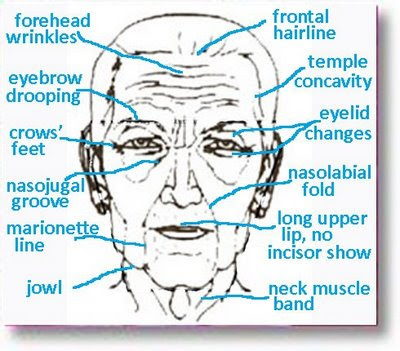Please tweet and retweet
Tweet
Most of us know when we see a good result from breast surgery whether it be implants for breast augmentation or reconstruction after breast cancer surgery (mastectomy) or the results of a breast reduction surgery. As I described in my blog on facial proportions analysis a similar proportions assessment is used in planning any breast surgery and in assessing the end result.

That is to say for the average woman between 5 and 6 feet tall the desired proportions are that the nipples form an equilateral triangle with the upper notch of the breast bone and each side of the triangle is about 20cm in length. Additionally the distance between each nipple and the fold under the breast should be about 7cm with a gentle curve outline along the bottom of each breast. Together with equal sized nipple areola complexes this creates the left right symmetry and aesthetic look we strive for. The question then arises as to how one achieves this goal or result after breast surgery. This blog will only deal with breast implants rather than breast reductions and mostly with options available to correct for deviations from this pattern after breast implant placement i.e. redo breast implant surgery when the nipple is in the correct position.




